The coronavirus pandemic has sparked an overhaul in advertising; in fact, a spring survey from the Association of National Advertisers suggests that 92% of marketers had already adjusted their creative messaging since mid-March. Ads were pulled, and new ones were created to match the reality of the times.
Amid the global crisis, more brands are steering clear of images that might come across as tone-deaf, including photos of people shaking hands, attending large events, and licking their fingers during a meal. Lifestyle images of people in close proximity have been replaced by photographs that promote safe, contactless interactions.
According to research from Ace Matrix, ads that include COVID-19 messaging score higher among consumers in terms of relevance, likability, and information. Brands don’t even need to mention COVID-19 by name, though it can help. Consumers are highly receptive to advertising that shows how companies are adapting to suit their customers’ needs.
A recent US survey by Wunderman Thompson Data also suggests that person-to-person interactions are likely to look different for some time. 35% of respondents said they expect avoiding hugs will become the new normal, and 36% expect to continue social distancing. 43% don’t expect to resume hand-shaking.
For commercial photographers, this transition is significant. As cities reopen around the world, brands understand that ignoring social distancing can come across as insensitive at best and dangerous at worst. Instead, they want to show what they’re doing to help.
As a result, there’s an increased demand for lifestyle photos of situations that seemed inconceivable a year ago, resulting in what the Content Team at 500px calls “a treasure trove of relevant commercial content.” Here are four simple ways to visualize daily life in our changing world—and create marketable photos in the process.
Online shopping
As brick-and-mortar stores have closed, online shopping has experienced a significant uptick. From the beginning of March through mid-April, e-commerce spending went up more than 30% in the US when compared to the same period last year. Italy experienced an 81% increase in e-commerce transactions in March.
According to The New York Times, more than a third of Americans ordered groceries online for the first time over the course of one month this spring, and Amazon, Target, and Walmart all invested heavily in grocery sales.
It’s not only essential items like groceries and cleaning products, either. During lockdowns, people have been finding new ways to entertain themselves—by shopping online. Online book purchases in the US enjoyed a marked increase from the first half of March to the first half of April, and online sales of video games, gym equipment, and home improvement products also rose.
These are all potential avenues to explore through commercial photography, especially as brands look to expand their online offerings. Organizing a photoshoot on this theme can be as simple as pairing up with a friend and documenting the process of browsing, researching, and purchasing products online.
Just remember that photos submitted for commercial Licensing can’t have any brand logos or intellectual property visible, so it’s best to blur your screen and make sure you don’t have any identifying markers on your devices.
Contactless delivery
Like online shopping, contactless delivery services offer plenty of as-yet-untapped photoshoot ideas. Restaurants have shifted to offering takeout only, and demand for services like DoorDash, Uber Eats, and Grubhub have surged.
Many of these services include contactless deliveries, where the driver leaves the order and the customer picks it up, limiting the chances of transmission. DoorDash deliveries are contactless unless otherwise noted, with the driver taking a photo of the food and texting the customer for final confirmation. Some restaurants are leaving bags of takeout on tables for drivers to pick up, without having face-to-face exchanges; others have implemented plastic bubbles at the door to protect their employees and drivers.
As takeout and delivery continue to evolve, so will lifestyle photos relating to these themes. That could mean fewer depictions of physical exchanges and more pictures of people using their phones to accept food orders. It could also mean an increased demand for portrayals of curbside pick-ups or people wearing masks and maintaining a social distance while completing a transaction.
Brands and customers will always respond to images that feel relatable and authentic, so look to your own life for inspiration. The habits you’ve adopted in recent months could form the foundation for a new set of commercial photographs.
The gig economy
Speaking of Uber, more people have entered the gig economy in the wake of the pandemic and related closures. From opening online shops to joining delivery apps or hosting online workshops, people are finding creative ways to supplement and diversify their incomes during this crisis, and these are avenues worth exploring visually.
In 2019, Getty Images had already named ‘The Rise of the Side Hustle’ and ‘Gig Economy’ as two of their top trends in visual culture, with customer searches for “freelance”, “contractor”, and “working from home” all on the rise. Once the pandemic hit, thousands of customers started searching for photos of virtual meetings, video conferencing, and remote working. All you need for a photoshoot around this topic is a home office and some creativity.
Retail experiences
As stores reopen, they’ll make significant changes, whether it’s implementing plexiglass barriers, incorporating plastic bubbles, or limiting the number of people allowed inside at any given time. As a result, companies will steer clear of photos that show outdated shopping experiences, like large crowds and physical contact, and instead purchase those that reflect the “new normal.”
These days, many customers are opting to buy online and pick up in-store, while others choose contactless payment alternatives like Apple Pay, Google Pay, or tap-to-pay credit cards. Earlier this year, as the pandemic struck, Mastercard saw a 40% increase in contactless payments. Individual stores are also introducing their own apps and mobile pay options.
Image-buyers will always need photos of people shopping, but going forward, those photos might start to look different. Stay up-to-date on the latest trends in retail, and brainstorm how you can incorporate them into your shoots; as companies adapt, they’ll need ready-made visuals to represent what they’re doing to slow the spread and keep customers safe.
Photos of social distancing don’t have to be obvious, but keep these ideas in the back of your mind when conceptualizing and organizing your upcoming commercial lifestyle shoots. Even subtle changes like the use of a contactless payment system or the seamless integration of technology in everyday life at home could make the difference between a good photo and a highly marketable one.
As with all commercial photography, the key principle to keep in mind is authenticity. In the midst of COVID-19, brands are shifting their focus from profits to empathy and transparency, and that can be reflected through honest, human images. Even if you’re going contactless, look for ways to highlight positivity, warmth, and togetherness during this period. Capture emotions, tell stories, stay safe, and keep it true to life.
Not on 500px yet? Sign up here to explore more impactful photography.




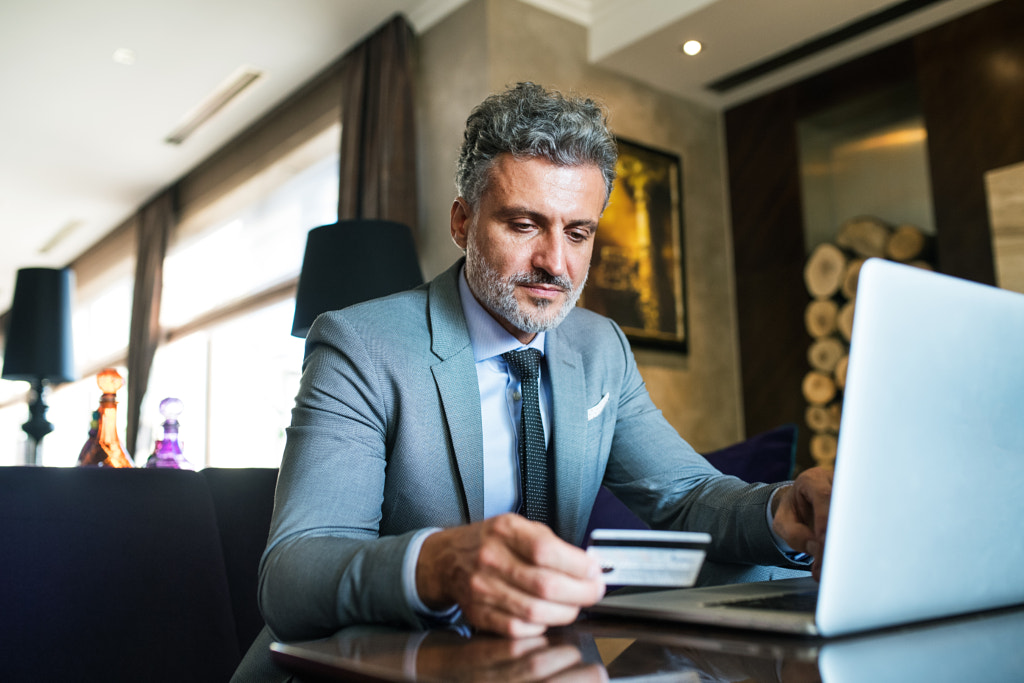
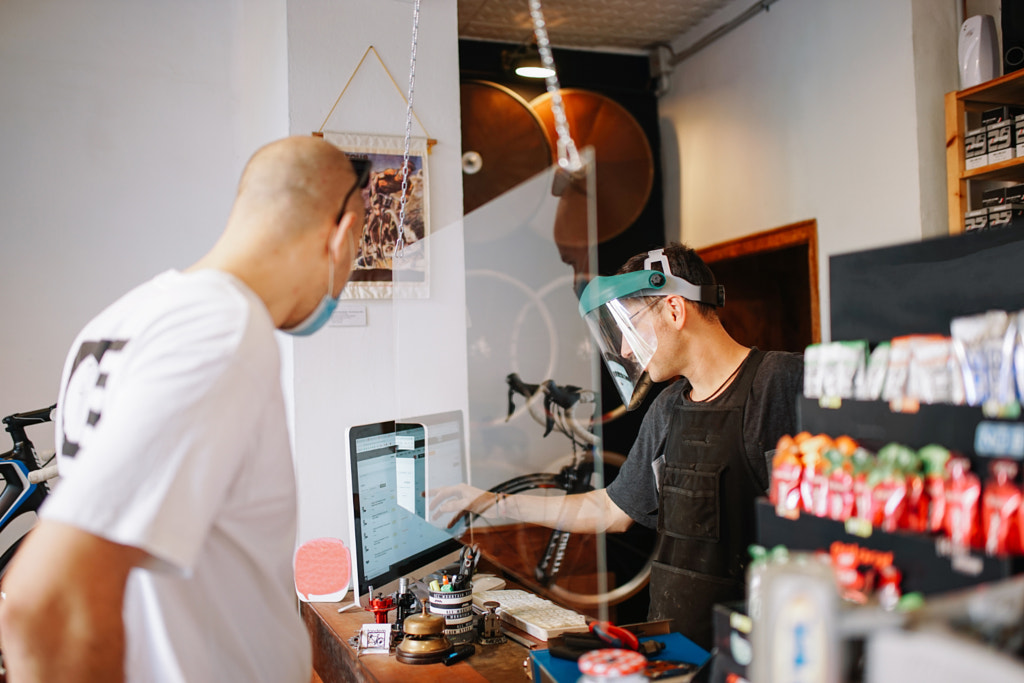
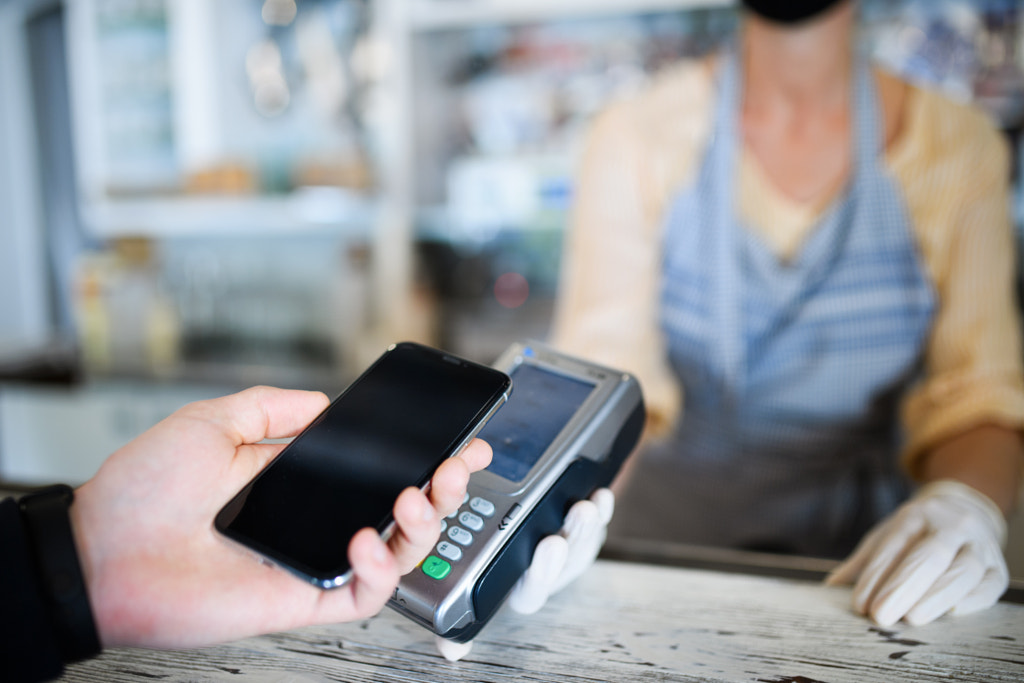
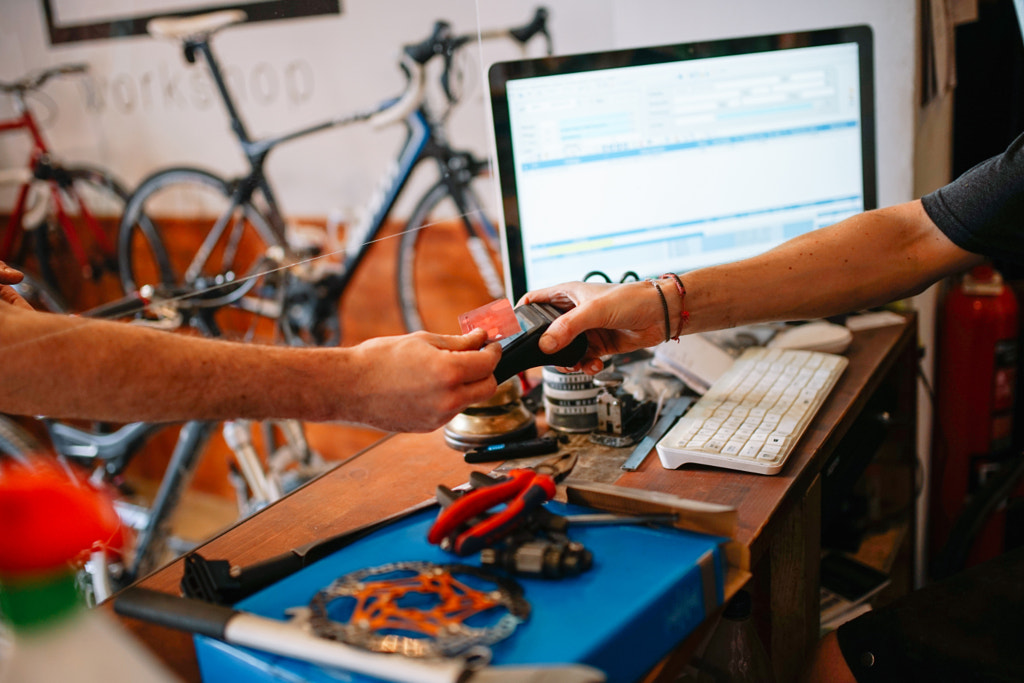

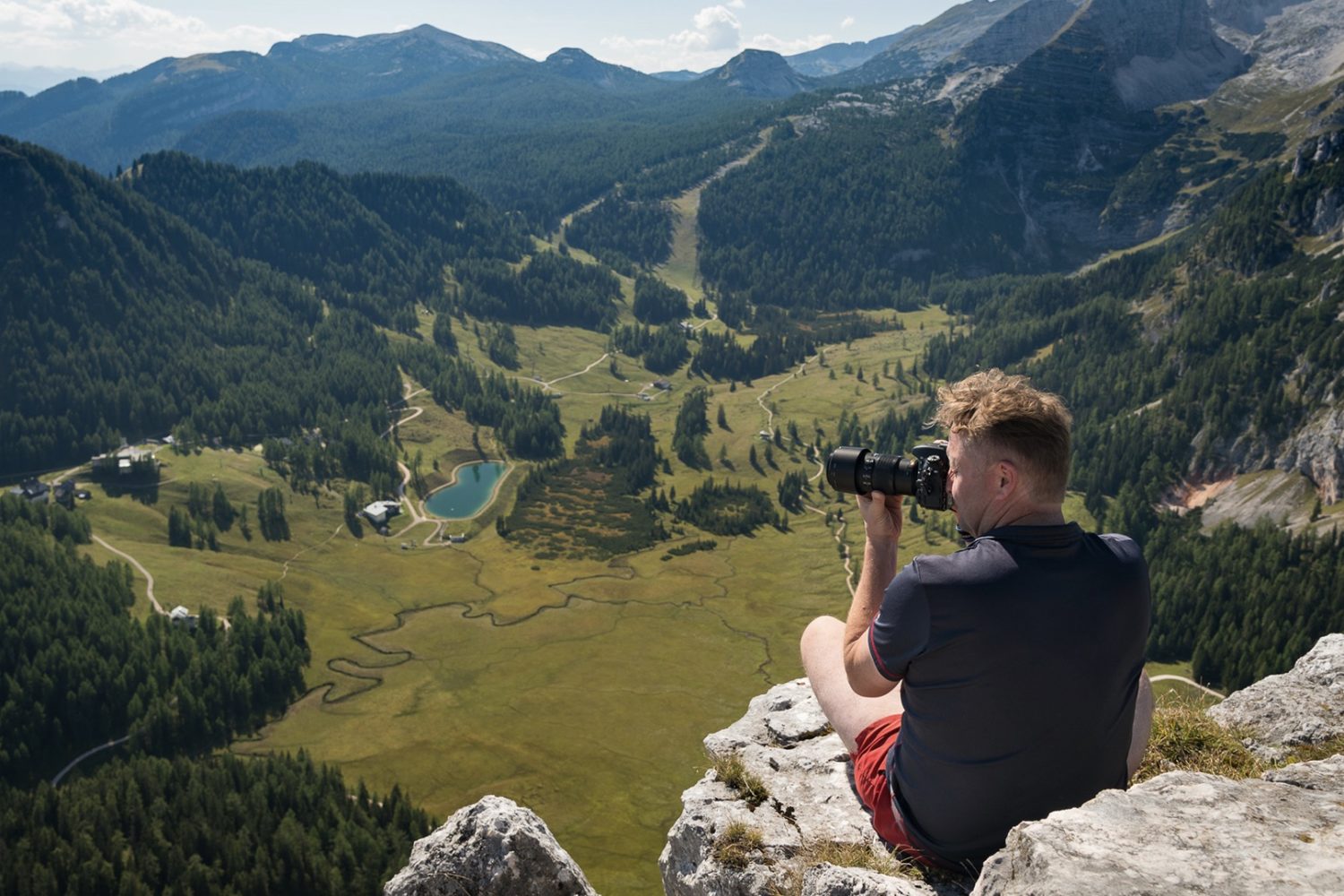
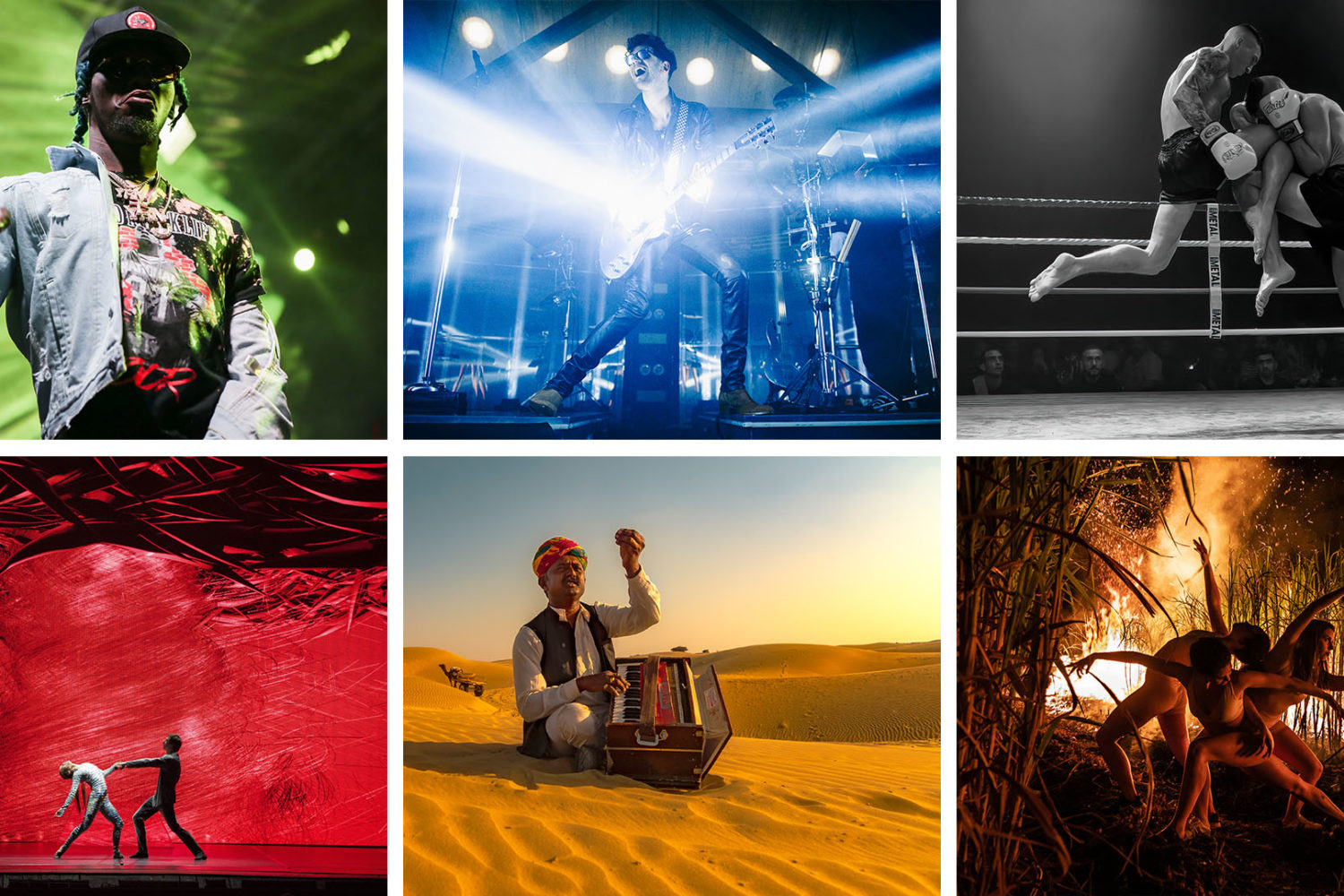
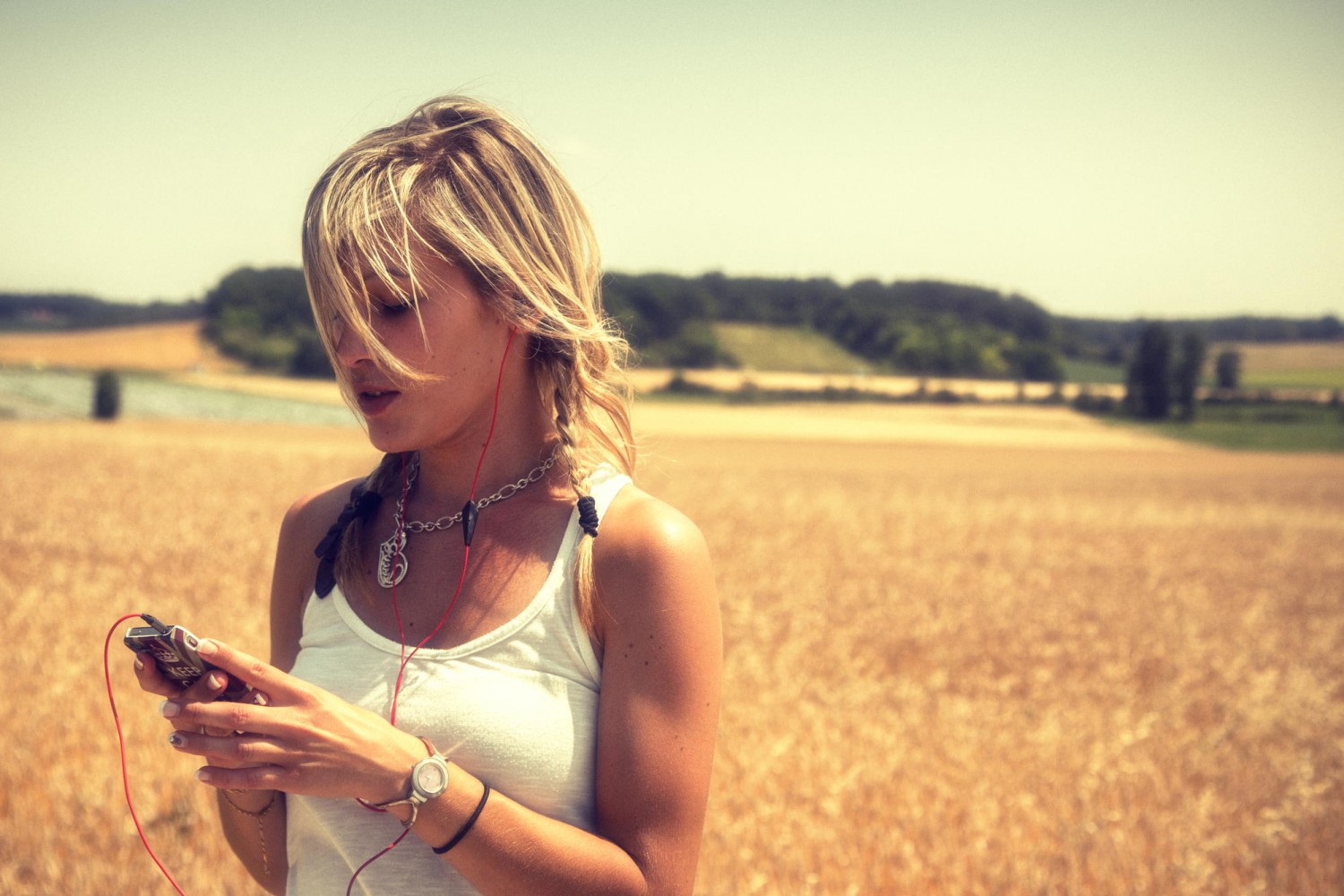


Leave a reply